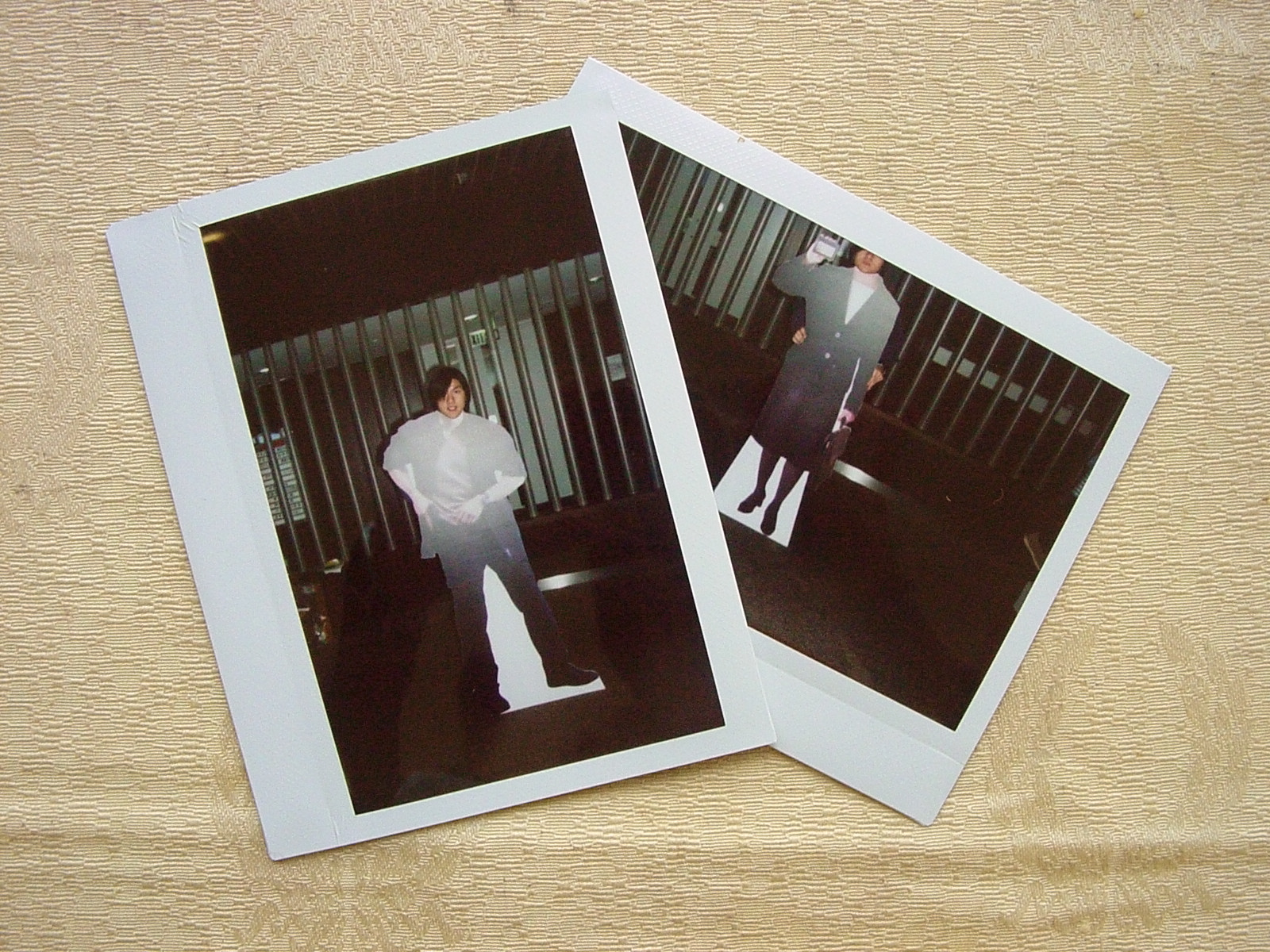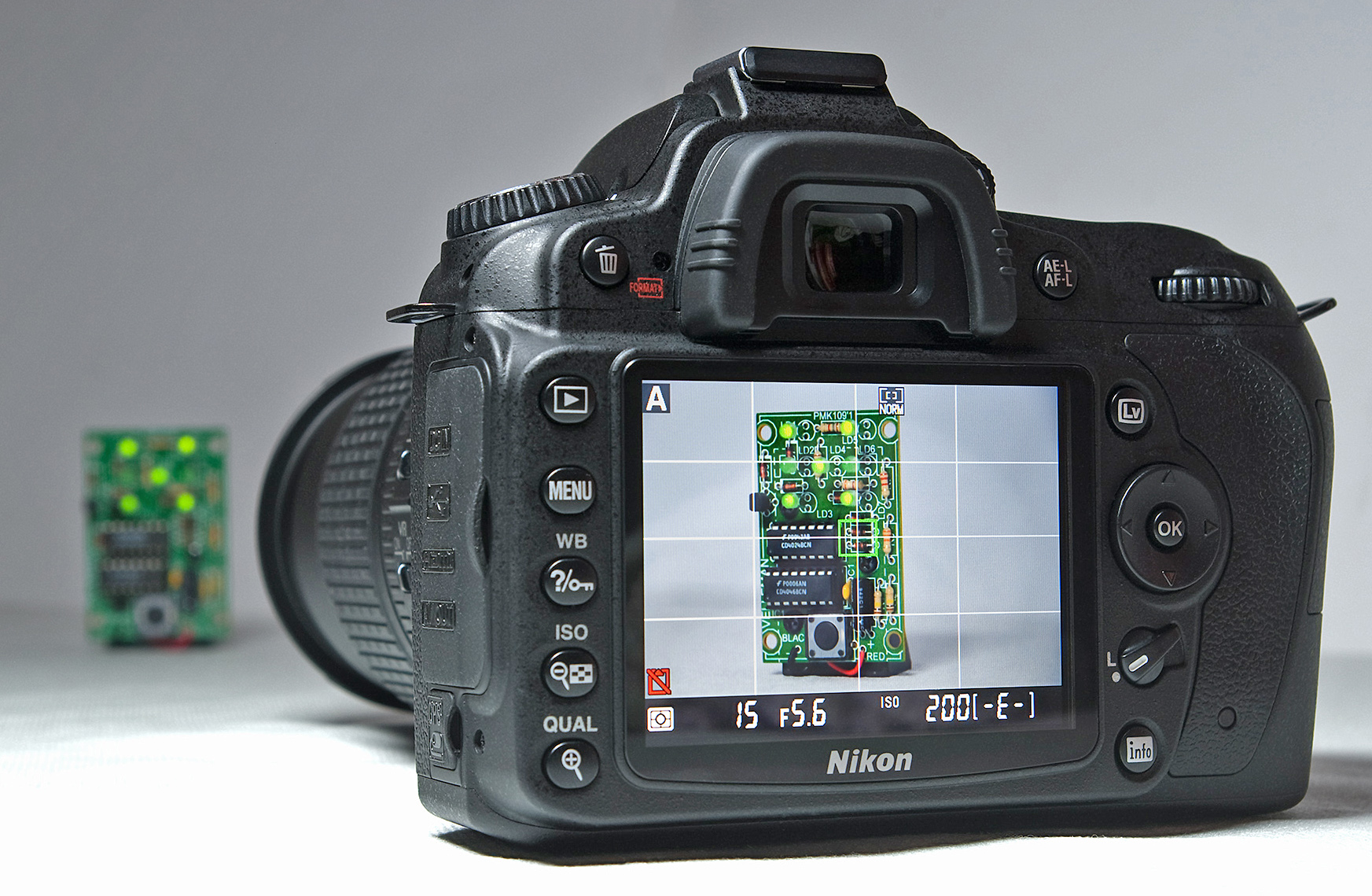Film

Plates
Overview
Plates serve as the oldest method of a lasting photographic medium. As with many "firsts," it is also very complex. To summarize every hard-plated method used into one category of "plates" is not 100% accurate as that would be similar to labelling instant film and 35mm film as the same. However, for the sake of just how many differences there are in each types of plates, we will group all of these into a term that excludes things that are NOT heavy solid pieces of photographic medium - that is, we will call them plates.
Development
Plates are by far the most tedious to work with, and, until the turn of the 19th century, was still less expensive to work with than plastic film. A camera that uses a plate is large - it must be big enough to store the plate inside. When the picture is taken, the plate is taken to a dark room where it is then given a chemical bath that varies depending on the process. Most plates serve as a negative of the image while some serve as the image itself.
Uses
Plate photography is still performed by some businesses and organizations around the world due to being less expensive than certain digital mediums. Up until the mid 2000's, it was common for astrophotography to be performed using glass plates that would then be recorded digitally through filters.

Plastic Film
Overview
Plastic film was first developed by Kodak in the 1880's and has evolved ever since. Multiple different dimensions of this fim exist, with all being measured by the width of the film. The most common of these "guages" is a 35mm guage film. 16mm is another popular guage of film as well as 8mm. However, any company who creates a camera could market any guage film for whatever camera they wish to create - it all depends on the size of the shutter within the camera.
Development
Plastic films can be developed from home - however, many prefer to get them developed professionally, be it from CVS or Target, as to see a full 4x6" print (or any other size) would require a special tool called an "enlarger." Furthermore, the process is rather tedious and requires complete darkness to avoid the photosensitive film from being ruined by light leakage. Also, the steps to develop this film vary completely depending on the exact film used. Regardless, the underlying principle is the same. A chemical bath will reveal the negative image imprinted on the film. Further baths in different chemicals can bring out colors if a colored film is used.
Uses
The value of plastic film as a photographic medium is still very much there. Many photographers still use film, and to understand how a camera works, one may argue that it is important to experiment with a film-based medium before going completely digital. Even in universities, degrees in photography will require a class on film photography. Perhaps the greatest use, outside of novelty and understanding, is in cinema. While expensive, the use of film is still considered to be of superior quality over the use of digital cameras. However, this is quickly changing.

Instant Film
Overview
Perhaps the most confusing type of film to somebody who does not know much about film is instant film. In this, there are tons of different types and dimensions and brands that fit very specific cameras, that one may not even know where to begin. In a bit of a paradox, this is because instant film was created to be easy. The biggest manufacturer of instant film used to be polaroid, as polaroid was the company that developed the instant cameras. The 600 series film was shaped like a square, and would accomodate their 600 series of cameras. The "spectra film" was designed exclusively for the polaroid spectra, and was wider than Polaroid's 600 film. Fujifilm now sells two sizes which fit THEIR cameras but not the polaroids, known as "instax mini film" and "instax wide" film, for each corresponding camera. The "impossible project" company took over production of the polaroid films for those who still use an old Polaroid Instant camera. If you have an instant camera you wish to use, be sure you find out what type of instant film it uses! Price and availability serve as hindrances towards even the most devout of photographers.
Development
Instant film serves as a quick and easy way for the consumer to develop film. All one has to do is take the picture, hide it from light, and in the amount of time directed in the directions (20-40 minutes for polaroids, 1-2 minutes for Fujifilm), the film is developed. Similar to 35mm film, exposure to light can damage the photo due to the film's light sensitivity.
Uses
Instant film is now used mainly as a novelty, and covers an art form within photography of its very own due to the history and aesthetics of instant film. Its usage is more personal than public. Most instant cameras are rather giant due to the size of the film as well, so some people may stay away from it for this reason.

Digital Sensor
Overview
Digital cameras have allowed photography into the hands of anybody and everybody - every time you take a picture with your phone, you are participating in the art of photography. With that said, the image is still being transferred through a photographic medium, and the principles remain the same as the others.
Development
The digital medium is unique from other mediums in the sense that the photographer has to do literally nothing after taking a photo. Within every digital camera is a very sensitive sensor that is able to detect light at various degrees and frequencies, which, when the image is taken, is transferred to storage. This process functions similarly to that of film, except without any development needed.
Uses
Digital photography sees the widest use today. Be it in a smartphone or a DSLR camera, most of mankind has taken a photo on a digital medium. Boasting no development times and complete ease of use, digital photography's use ranges from a hobby held by many to the lives and well-beings of others in the arts, graphic design, marketing, cinema, and more. While film still serves as a medium used in many of these, digital photography serves as the most popular medium in photography today.
